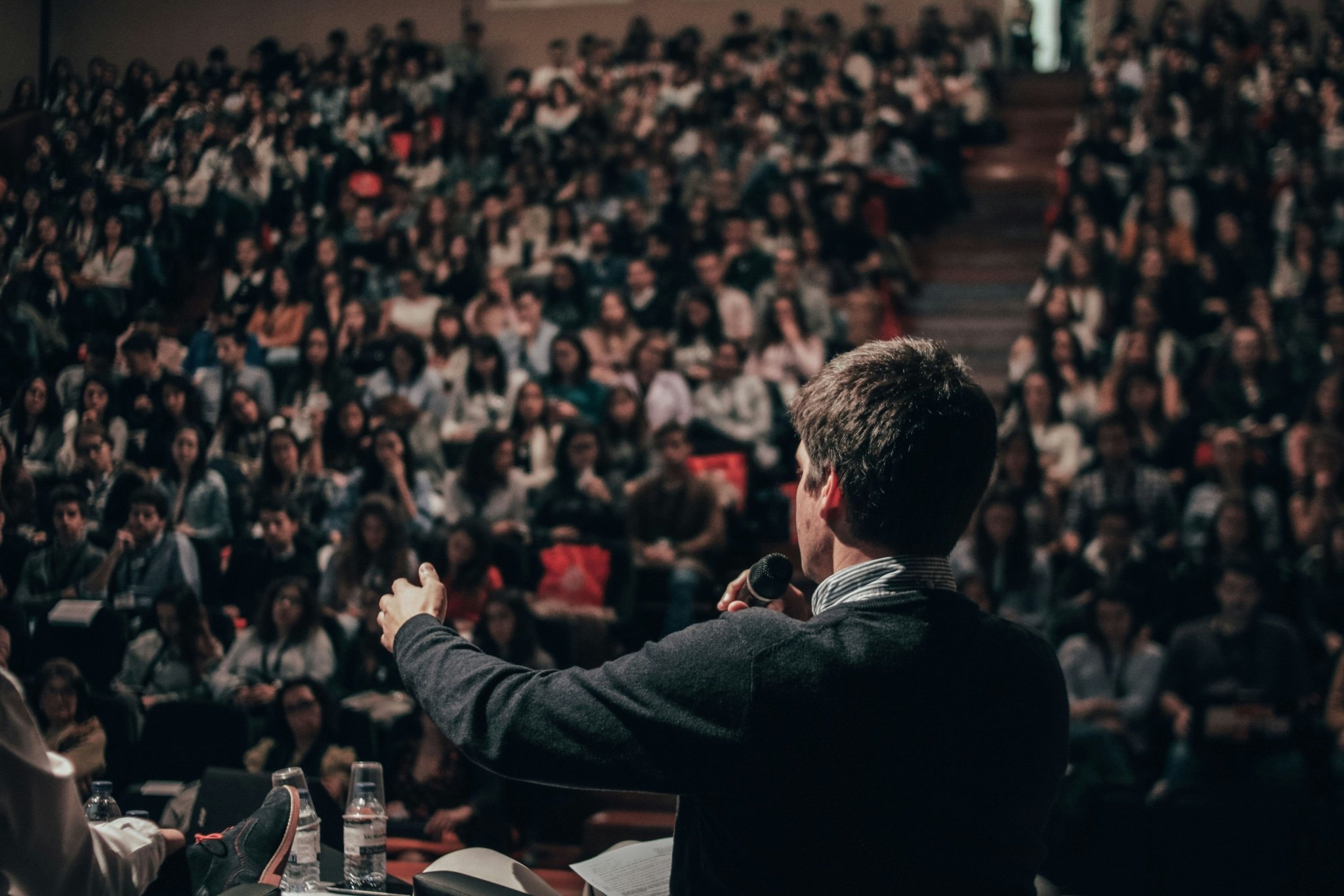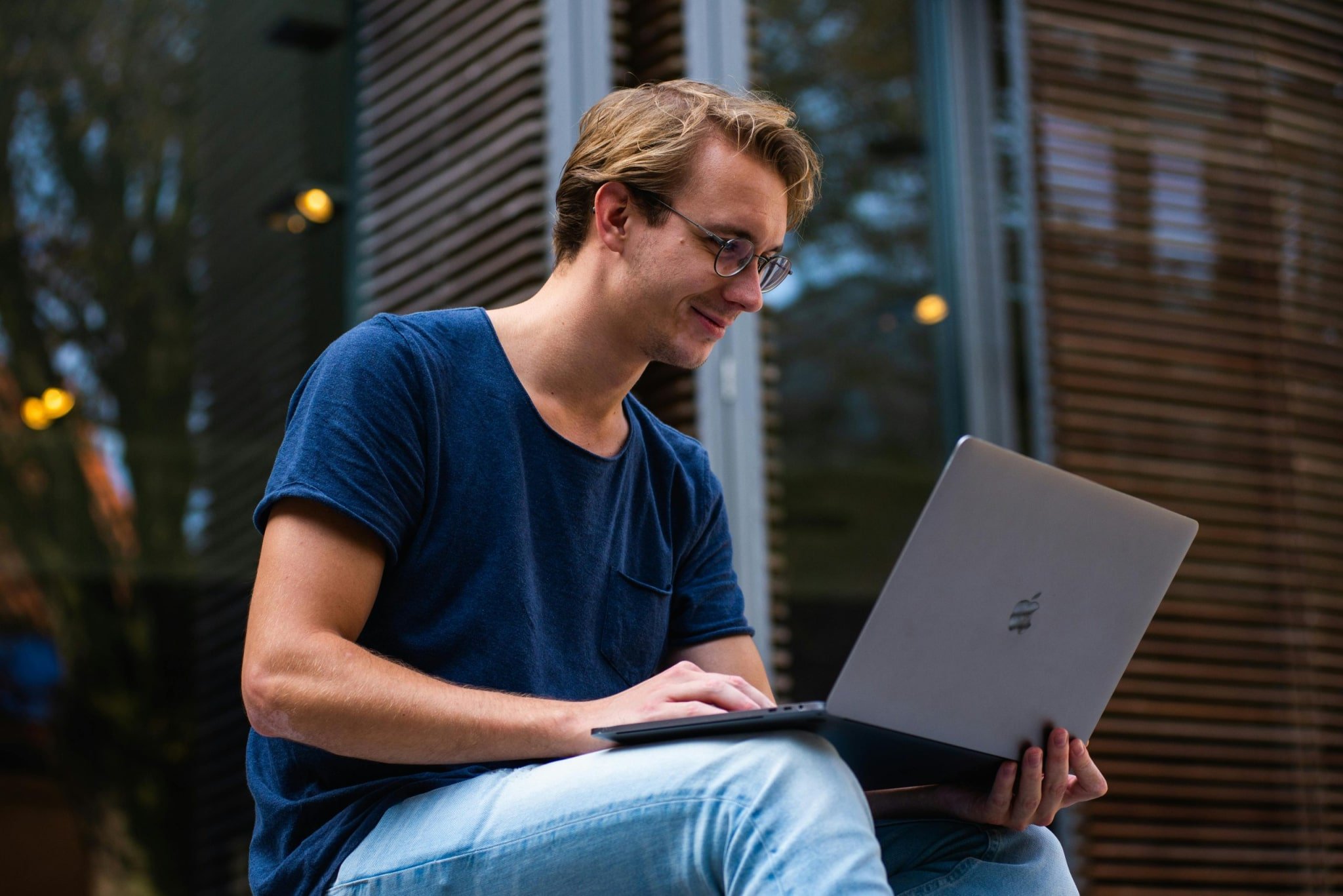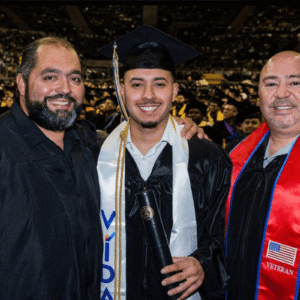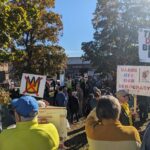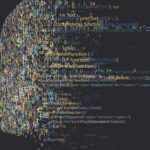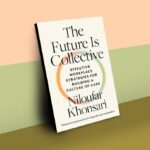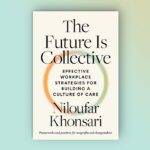
This article is the fifth in an NPQ series titled The New Asian Diaspora Media: Defending Democracy Locally and Globally. Co-produced with Kavitha Rajagopalan, who directs a program on community journalism at the City University of New York (CUNY), this series highlights stories of how different Asian American communities are using grassroots digital media to meet their communities’ need for trustworthy in-language information amid a media environment distorted by rampant disinformation.
As the third-largest Asian Pacific American ethnic group in the United States, numbering more than 4.2 million people, the footprint of the Filipino diaspora is undeniable.
If you or your loved ones have ever been sick, you may have encountered a Filipino medical professional at the clinic or hospital—a nurse, doctor, or lab technician—or perhaps an in-home caregiver or staffer in an assisted living facility. This is because Filipinos are disproportionately represented in the healthcare sector—for example, 4 percent of US nurses are Filipino, though Filipinos make up only 1 percent of the population.
Despite serving on the nation’s healthcare frontlines, this group is rarely seen or heard in mainstream media, much less included in public conversations around public health and media literacy.
This predicament presented a challenge when combating the spread of misinformation not only across generational divides but among Filipino medical professionals themselves during the COVID-19 pandemic.
These conditions surfaced longstanding issues and gaps in understanding about the Filipino community in overall public health and media literacy—and the need for in-language fact-checking and culturally tailored content for an intergenerational audience. What started out as a rapid response to a global health crisis has evolved into a data innovation hub called Tayo that empowers Filipino immigrants, publishes culturally relevant insights, and helps develop leaders who can build a more equitable and sustainable future.
Lessons on Community and Misinformation During the Pandemic
In the fall of 2019, I went back to my motherland, the Philippines, through the Filipino Young Leaders Program (FYLPRO)—a life-changing trip that reconnected me with my culture. When I got back, our FYLPRO alumni group continued to meet virtually every day.
Then the COVID-19 pandemic hit in the winter of 2020.
During one of our virtual meetups, we realized how the virus was affecting our people, our compatriots, who are also known as kababayans.
Our kababayans were dying.
I lost a former editor and mentor. Another member of our group lost his grandmother who raised him. Someone’s sister was a medical frontliner in constant fear of catching COVID-19. She was overworked and couldn’t keep up with her basic needs.
Our goal was to fill in the glaring gaps in services to the most vulnerable in the community, across generations.
Our elders, the titos and titas (uncles and aunties) of our community, were not getting the message to stay home. They were sharing misinformation, some of which were dangerous home remedies claiming to cure the virus. For example, one graphic widely shared on closed chat networks claimed to get rid of COVID-19 by gargling salt water.
Misinformation minimizing the seriousness of the illness—and later questioning the efficacy and safety of vaccines—divided traditionally close-knit families, with concerned relatives facing an uphill battle to persuade loved ones to take measures designed to keep us all safe, particularly elders who faced the greatest risk of severe outcomes.
Our group realized that the pandemic was disproportionately disrupting our community’s access to services, reliable information, and data. As young, high-performing leaders representing multiple industries—law, technology, medicine, and news media—we started asking: Who was caring for those taking care of everyone else?
We did research and discovered organizations already delivering food and care packages to the most vulnerable of our community—elderly, frontliners and the unemployed—but they were missing preventative items like thermometers, masks, and pulse oximeters, and none were addressing misinformation.
So, a group of FYLPRO alumni came up with a solution to help the Filipino community address basic needs and stop the spread of misinformation—a new publication that we called Tayo, which in Tagalog means “we” or “us.”
Our goal was to fill in the glaring gaps in services to the most vulnerable in the community, across generations, including:
- Gaps in services—during the pandemic, many nurses were not getting personnel protective equipment (PPE), while many Filipino elderly were found to not be getting access to basic needs and appropriate healthcare
- Gaps in reliable information, which was fragmented and not tailored to our community
- Gaps in data about our own community due to aggregation (that is, treating all Asian Americans as a single group) and historic distrust of sharing information
Tayo began by providing guidance on culturally taboo topics like mental health—in hopes of stimulating proactive behavioral changes in the community to take back and redefine the bahala na mentality—the fatalistic attitude of “leaving it up to God,” and hiya, or shame in admitting being sick or struggling.
Tayo…has expanded its public health research and community data collection.
At the height of the pandemic, users accessed more than 500 vetted questions and answers through Tayo to address culturally specific COVID-related questions ranging from health, meal delivery, stimulus benefits, unemployment, and visas.
These guides and articles were published both in English and Tagalog, the first language of about 22.5 million Filipinos and a second language of about 54 million Filipinos in a country of about 120 million people.
Winning the community’s trust helped Tayo get insights into a core community concern. Through the publication’s “ask a question” intake form, questions about the safety of COVID-19 vaccines started to surface as early as November 2020, a month before the first vaccine was announced for the most vulnerable and frontliners. This insight allowed Tayo to create content ahead of the wider rollout of the vaccine.
So Tayo produced webinars that used familiar anecdotes and analogies such as Filipino food dishes to explain why you cannot get COVID-19 from the mRNA vaccines. Using these specific cultural references helped further establish Tayo as a trusted messenger.
As Tayo continued to map out the ways in which the community has been underresourced, it has expanded its public health research and community data collection efforts to narrow gaps that long predate the pandemic.
Tackling Public Health and Media Literacy at Scale
Misinformation is difficult to dislodge because it resonates emotionally with people’s profound hopes and fears. This limits the effectiveness of reactive interventions like fact-checking.
Because Tayo had a platform to collect user feedback from day one, we were able to get ahead of the curve when it came to issues like vaccine hesitancy. Knowing that community members were already concerned about the safety and efficacy of COVID-19 vaccines before they even hit the market, we were ready to provide trustworthy information in a timely and culturally competent way.
We have incorporated this intergenerational approach into more substantive programming that features elders in conversation with experts who look like their daughters and sons, their nieces, nephews, and grandchildren.
By taking this community-centered approach—one that is both inclusive of generational differences and respectful of cultural nuance—Tayo has used the trust it has earned through COVID-19 interventions to tackle other health topics like heart disease, general vaccine hesitancy, and mental health. As a grassroots all-volunteer organization, Tayo now regularly publishes stories around healthy eating and racial equity to educate the community, especially during a time when science is being challenged and community members are often left to question what guidance to follow.
This intergenerational approach…features elders in conversation with experts who look like their daughters and sons.
As a journalist who has worked in smaller community papers and global news outlets, I have seen how the collapse of local media has created an information vacuum that is ripe for exploitation. This makes platforms like Tayo an even more vital lifeline in connecting people with reliable information to make informed decisions about the health and safety of their loved ones.
Tackling misinformation is everyone’s responsibility. Tayo demonstrates that we have the tools within our communities to protect those we love.
Tayo cofounders Mark Calaguas and Melissa Palma contributed to this story.
